Weighted Hydropsyche Larva Bodies with Hooks
Weighted Hydropsyche Larva Bodies with Hooks is an excellent material for tying realistic-looking and effective hydropsyche nymph patterns. These bodies are weighted to get the fly quickly to the bottom and keep it longer in the fishing zone. Ready-made to provide faster tying. Made from lead that has been molded onto a high-quality hook and shaped into a realistic-looking segmented hydropsyche nymph body. Authentic coloring and details for a more lifelike appearance. Finished with layers of clear lacquer, providing protection and giving it a shiny, wet look.
6 bodies/hooks per package.
Comes in Olive and Green and three hook sizes/weights: #8 (0.7gr), #10 (0.7gr) and #12 (0.5 gr).
Caddis Larva Fly Fishing
Hydropsyche comes from a caddisflies family. Caddisflies are aquatic insects that undergo a complete metamorphosis, they go from egg to larvae, then to pupal stage, and finally, emerge as an adult. Most species go through this full process over the span of one year. Out of all the stages, the larval stage is the longest, taking about a few weeks to a few months.
Most caddisfly larvae are case-building, building the protective cases they live in, using the silk produced by their salivary glands. There are three major types of caddisfly larva, based on the way they use/make their casings: net-making, case-making, and free-living caddisfly larva. Net-making caddis larvae usually live in running water, making their protective casings that act as protection but also as a means of collecting algae and plant food. Case-making larvae’s casings consist of silk and bottom debris: small rocks, sand, and twigs. Free-living caddisfly larvae are more important to fly fisherman as these species live unprotected for most of their lives and make casings just before going through the next life stage. Vulnerable like this, they are the most appealing food for trout. They live in running water, in riffles, and defined currents. They cannot swim but move around the river bottom using their front legs and posterior hooks. Sizes range from a small #16 to a large size #8, but most commonly are #10, #12, or #14, tied on scud hooks.
To fish this pattern, the best is to use the dead drift technique, presenting the fly along the bottom. Using the strike indicator will help as the takes can sometimes be difficult to detect.
WARNING: Handling this product may expose you to lead, a chemical known to cause cancer, birth defects, or other reproductive harm. Wash hands after handling.
A great fly tying recipe
FrostyFly Hydropsyche Nymph
For a full list of ingredients for this Hydropsyche Nymph pattern, go here.

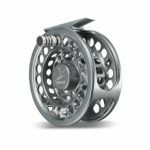
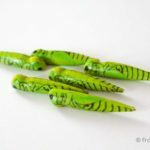
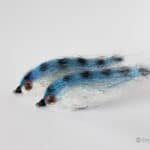
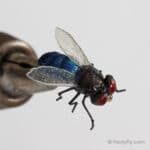
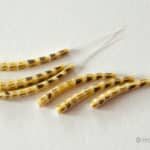
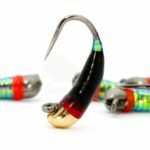
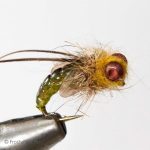
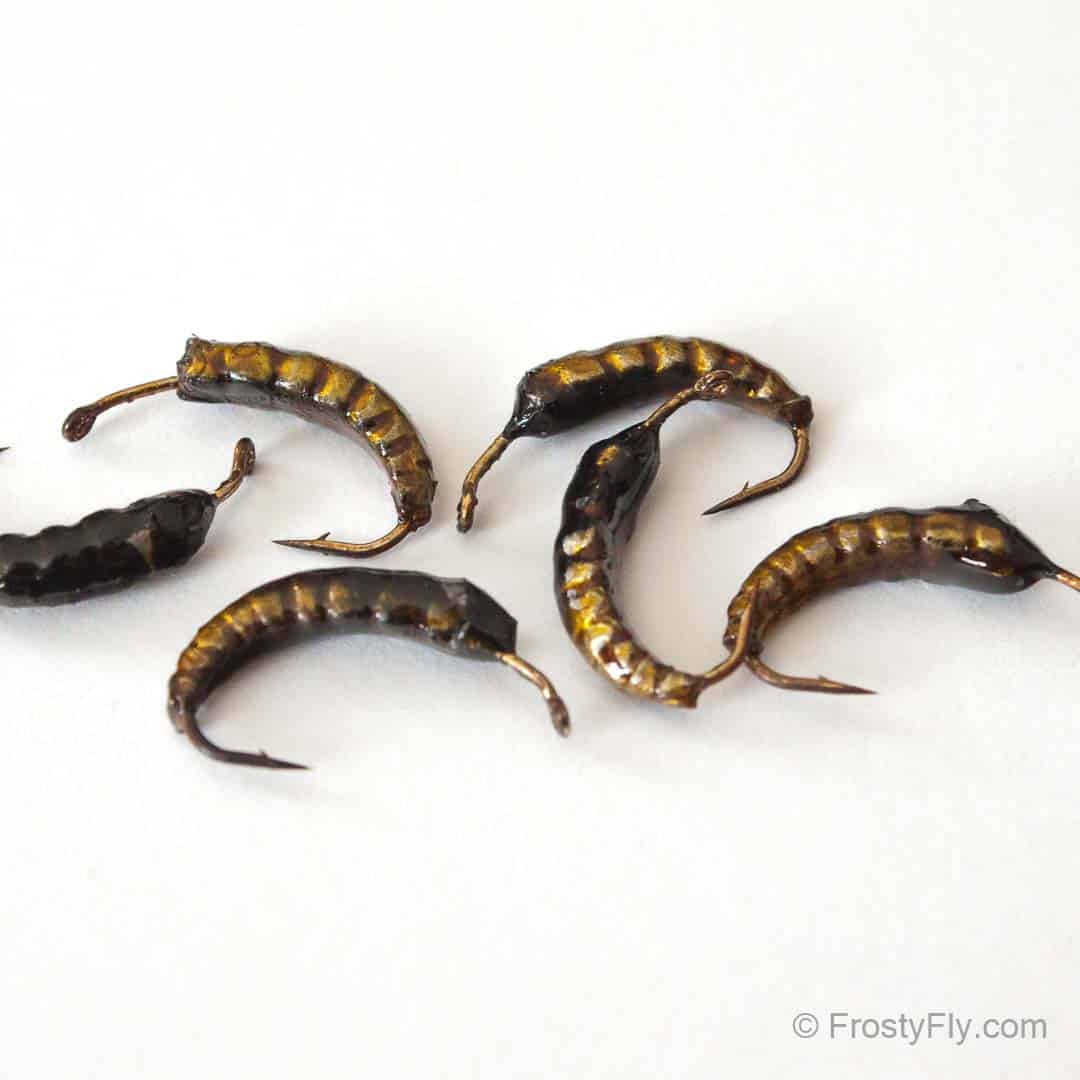

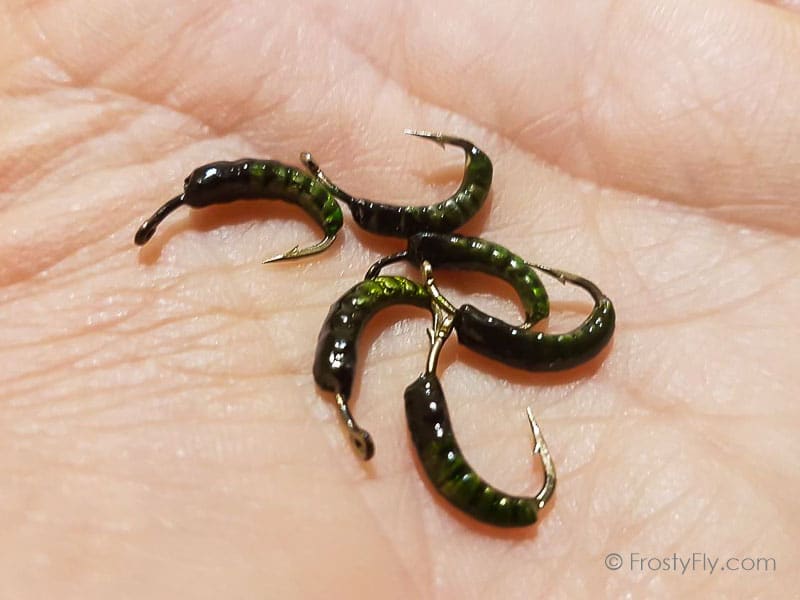
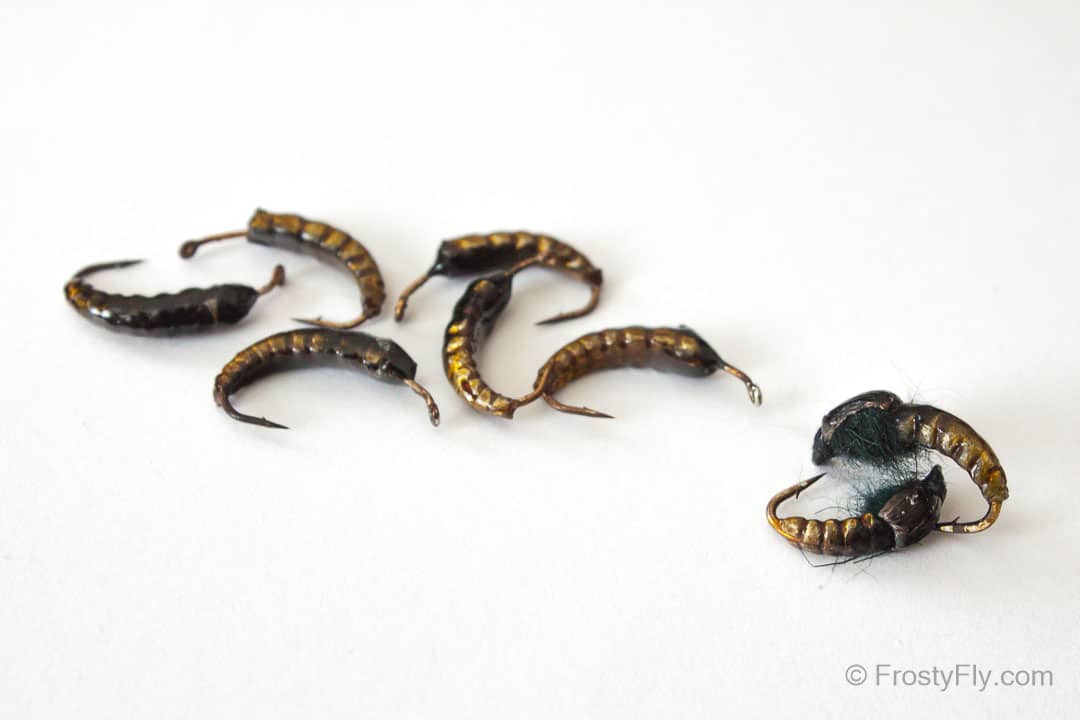
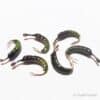
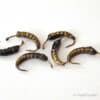
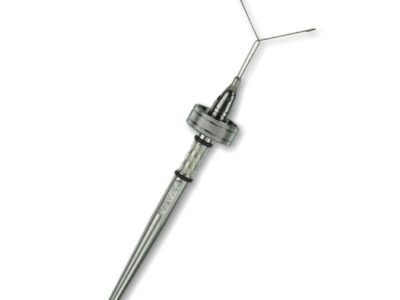
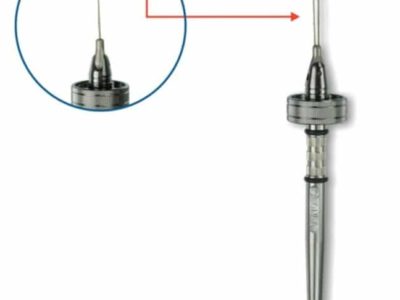
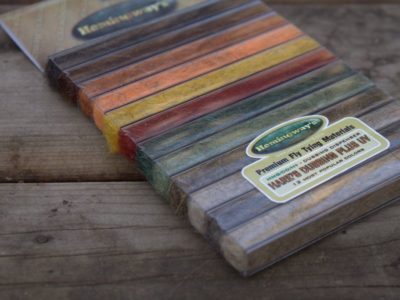
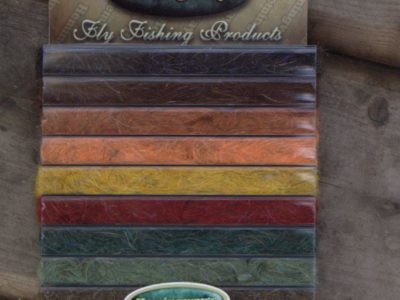

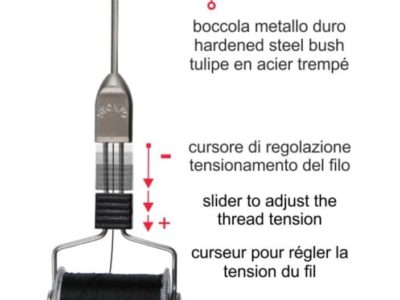
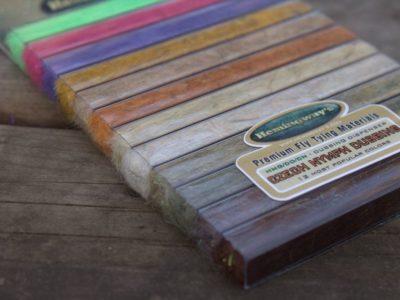
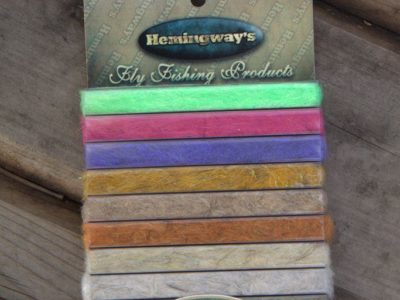
Reviews
There are no reviews yet.